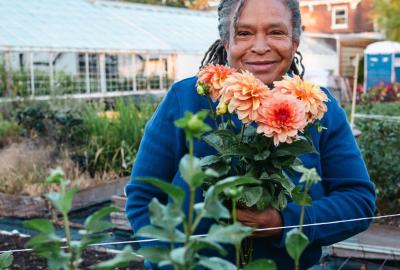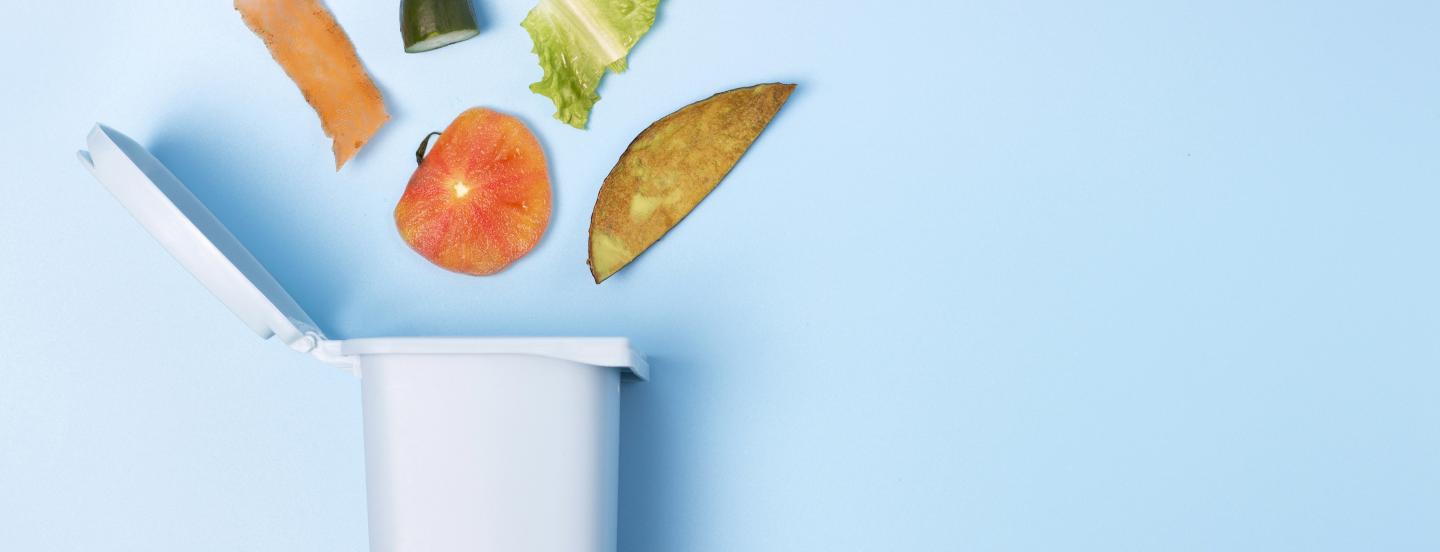
How to save money and help the planet by wasting less food
Here’s a startling fact: Between 30% and 40% of the food produced and sold in the U.S. goes uneaten.
That’s one in three loaves of bread. One in three bananas. One in three Pop-Tarts.
That represents a lot of wasted money, energy and water. And because wasted food usually ends up in landfills where it decomposes without oxygen, it generates a lot of methane, a dangerous greenhouse gas.
Whether we’re buying more than we need or forgetting about what’s in the freezer, here's how to cut down on food waste.
Shop smarter
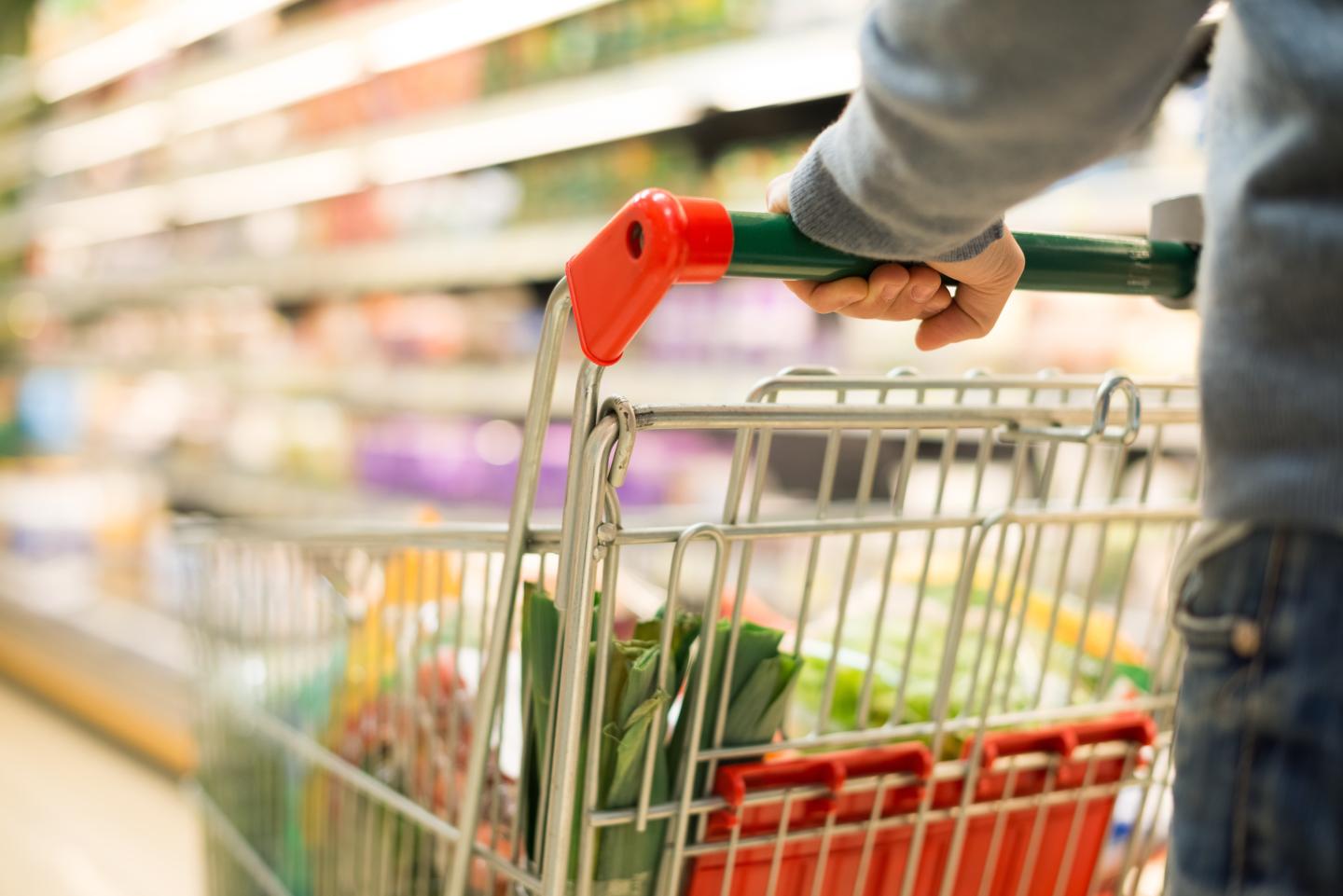
“Shop your kitchen first before you go to the grocery store or the farmer’s market,” says Mei Li, co-author of the charming new cookbook Perfectly Good Food: A totally achievable zero waste approach to home cooking.
In other words, check out what you’ve got in the fridge and your cupboards before buying something new. And, to avoid over-purchasing, put together a weekly dining plan and shopping list that helps use up what you’ve got on hand.
A note to impulse buyers: Sale items and bulk buys are only worth it if you’re sure you’ll use the extra food. A bargain is not a bargain if it ends up in the trash.
Store better
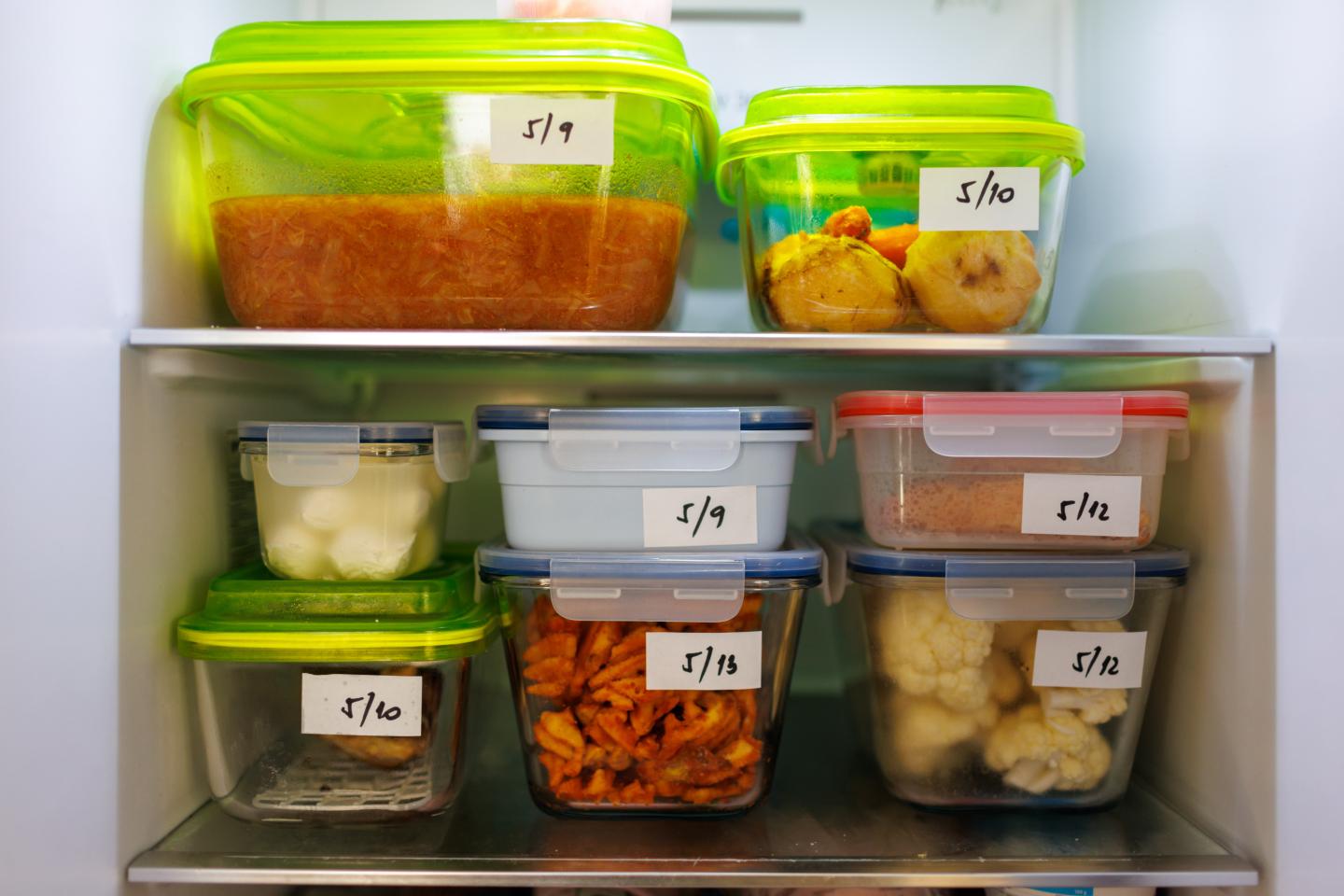
Li’s a big fan of good organization, starting with the shoe-box-sized “Eat Me First” box she keeps at eye level in the fridge to help her find the food that needs the most attention.
“These days, I always have half a lemon that needs using up. But before the ‘Eat Me First box,’ I had four half-lemons hiding in various locations and inevitably a few of them would go bad,” she says.
She also recommends creating zones in the freezer. “Knowing the leftovers are in one section, the meat is in another and the vegetables are in a third makes using things up easier,” Li adds.
It’s not just where you store your food that’s important. It’s also how. Keeping flour in the freezer extends its life. A slice of brown bread can re-soften hardened sugar. Shaking water from fresh produce slows degradation. The internet abounds with tips on storing, preserving, freezing and more.
Freestyle it
Don’t get hung up on recipes, says Li.
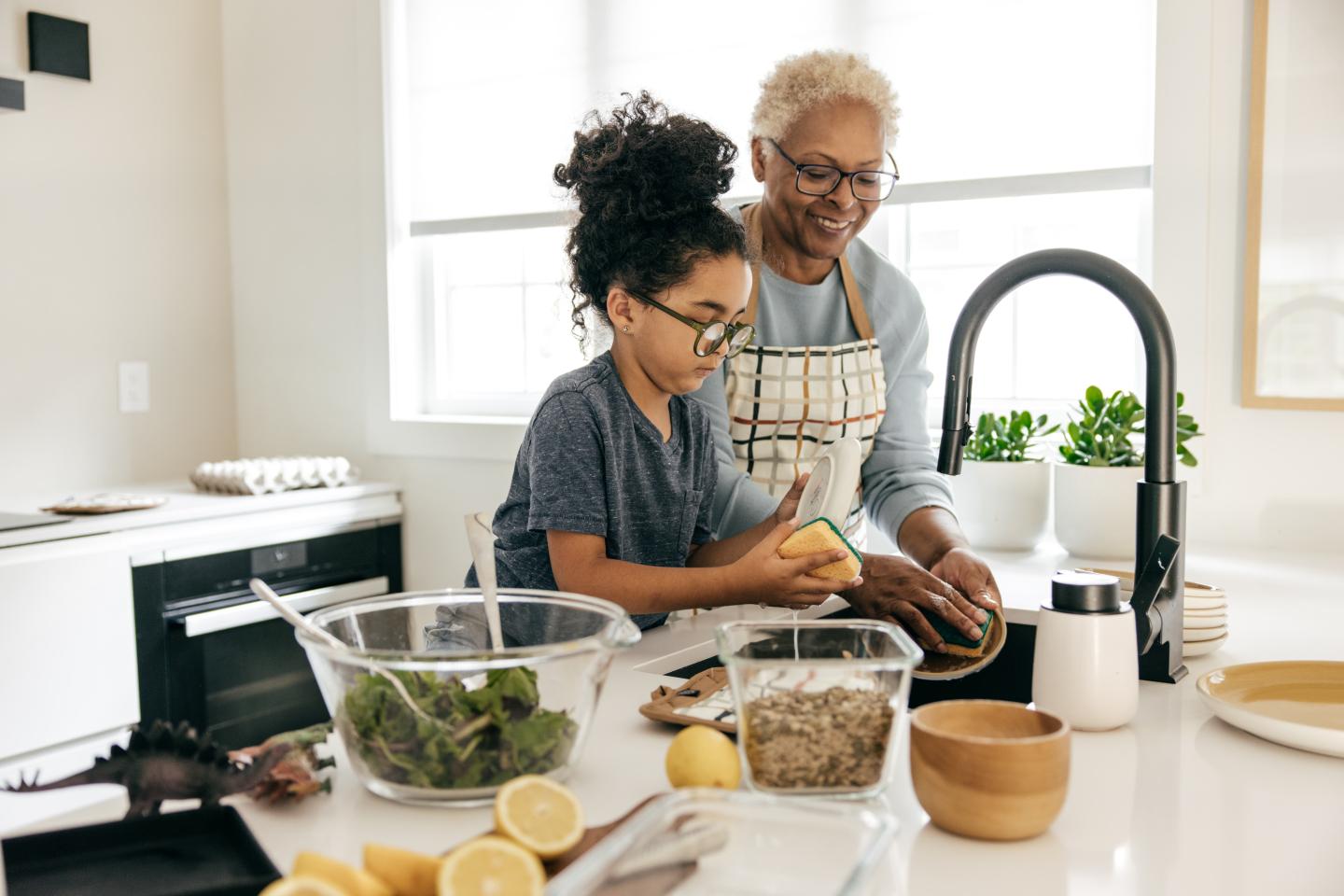
“People feel like they have to follow recipes to the letter. But think about food in categories — leafy greens, grains, different kinds of proteins," she explains. "You can switch one food in a category for another — collards for kale or cabbage. If the recipe calls for 2 cups of vegetables, but you’ve got more, you can use two and a half.”
If you’ve got ingredients you don’t know what to do with, punch their names into a search engine and see what recipes come up. At the week’s end, you can make stew or soup from whatever’s left in the refrigerator and freeze portions for next week’s lunches. Or have a fridge forage night, when you eat whatever’s left over.
Think before you toss
Keep food waste out of landfills. Your municipality or a local community group might offer composting.
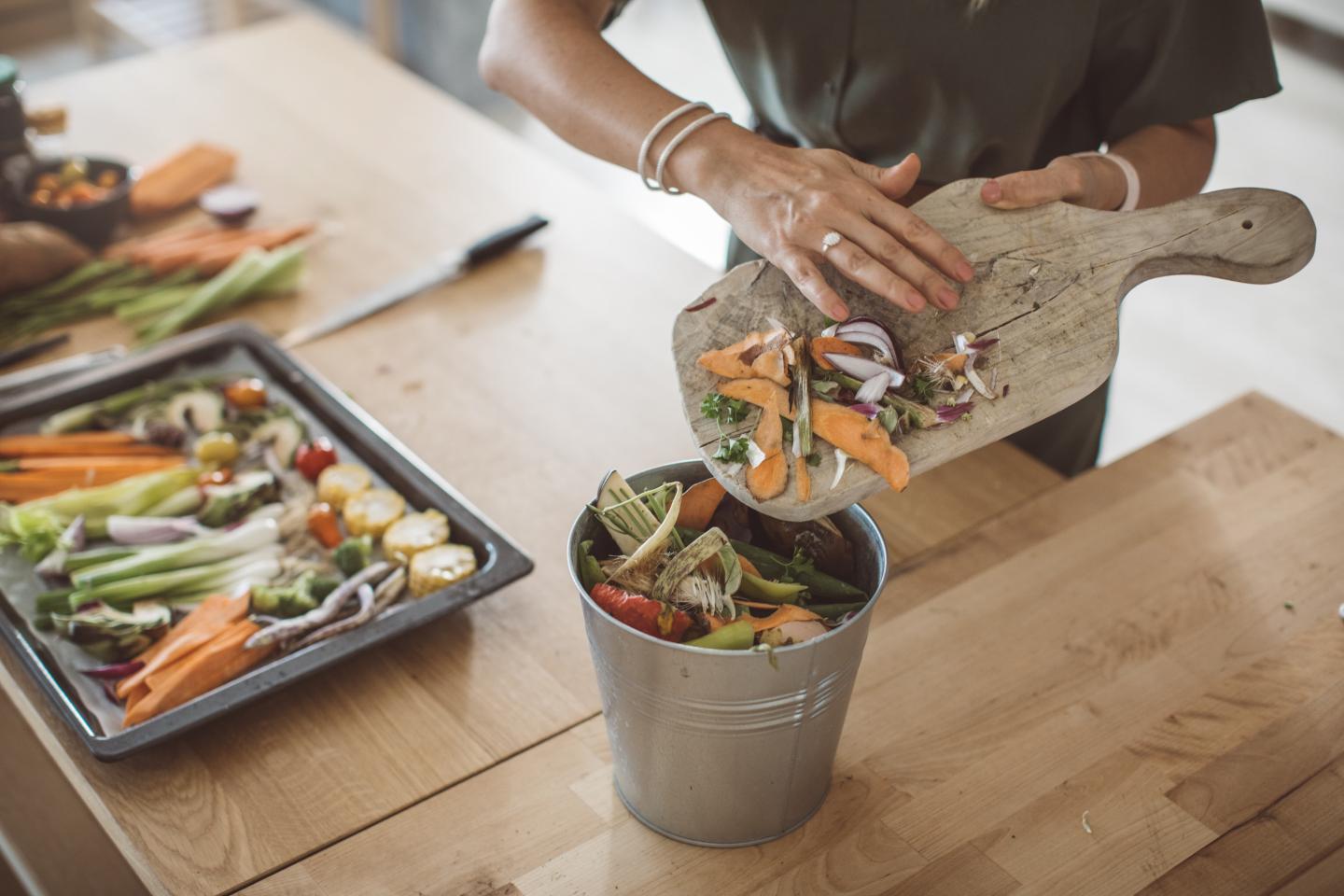
Try a home composting bin or wormery, and watch your scraps turn into rich, garden- (or plant pot-) ready compost in weeks.
Coffee grounds, eggshells and citrus peels can go straight into your garden, serving as mulch, aerating soil and keeping slugs at bay. Check out the Almanac.com and other online resources for more composting know-how.


